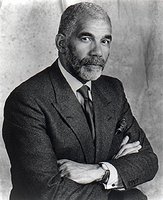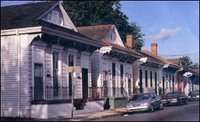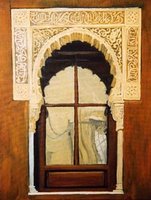 One of the many books currently competing for space amidst the papers, baby toys and whatnot beside my bed is I'm Every Woman: Remixed Stories of Marriage, Motherhood and Work by Lonnae O'Neal Parker.
One of the many books currently competing for space amidst the papers, baby toys and whatnot beside my bed is I'm Every Woman: Remixed Stories of Marriage, Motherhood and Work by Lonnae O'Neal Parker.The title sounds scholarly-- and at present my mind is generally saying pass on anything promising charts, tables and figures-- but I pulled it from the campus stacks anyway. It found its way into my bag mainly because I heard Chaka Khan's loud, familiar, beautiful voice pulling me to see what was inside.
Happily, it is full of first-person recollections fattened with some interviews and historical tidbits. Mostly it reads like a combo of journal entries turned editorial. I'm enjoying it pretty well and find that the author and I have a similar way of seeing and feeling. (Her commentary on hip-hop is very much on point, completely resonant. )
The book centers, for the most part, around what the Caribbean writer Merle Hodge once said in an interview: "They didn't ship all of us over here to keep house." Clarified, black women's balancing of home, family and work is made challenging by a unique set of realities (And--
ahem-- do excuse me, but the librarian in me can't resist giving a citation: "We Are All Activists: An Interview with Merle Hodge," Callaloo, Autumn 1989, p. 656)
With all that being true, and recognizing that this little fact of history has great bearing on the present time and that Home is amongst the most sacred of places, how do women of color set about achieving harmony in the places that matter-- in our hearts, heads and domestic spaces?
I appreciate the way that I'm Every Woman has strung together strands of personal history, humor, history and social commentary. It would be a good complement to books like bell hooks' Sisters of the Yam and the Double Stitch: Black Women Write about Mothers and Daughters anthology.
Mother Goddess Image above from http://www.astrologycom.com/mothersday.html

















